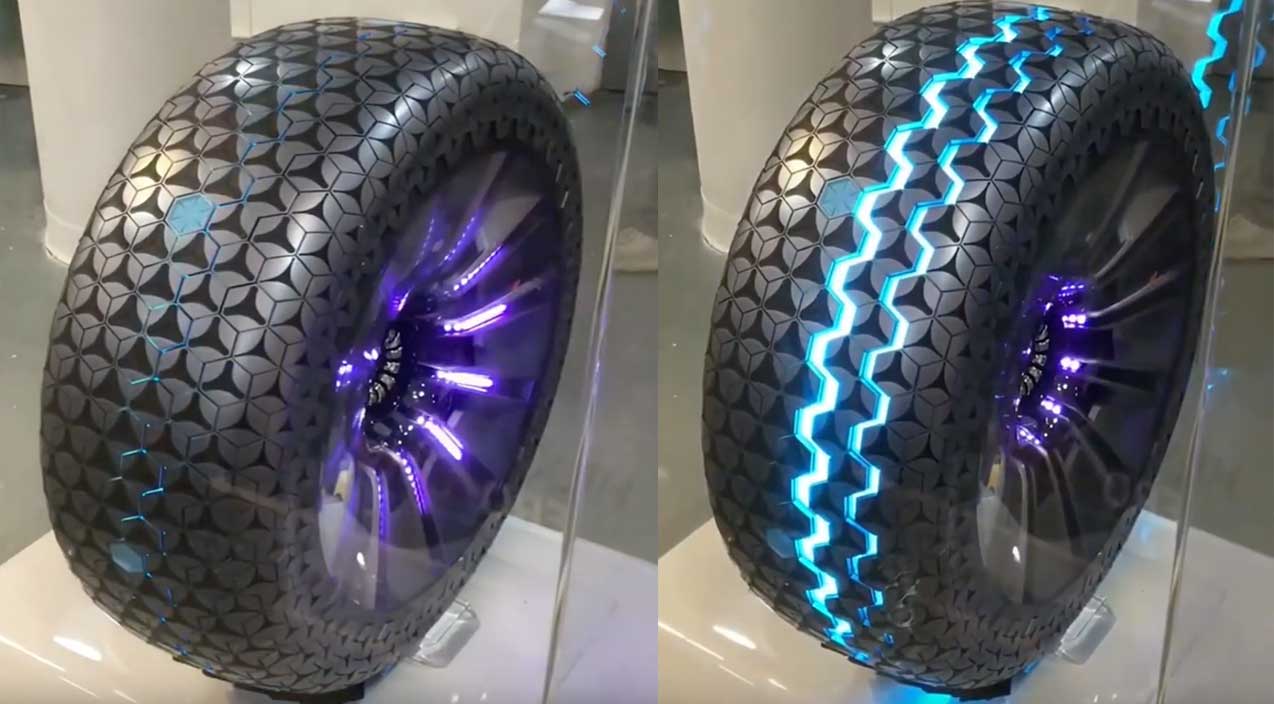Adaptive “Smart Tire” Could be the Future of Grip and Control

There are some things in the world of automobiles that are incredibly easy to take for granted. For example, the technology that resides beneath each and every motorist, in our tires, is one that is quickly and rapidly evolving. Unless the person behind the wheel is doing some sort of performance driving, it’s really not something that is all that commonly thought of. However, it’s something that rubber companies certainly take a lot of time to try and do their best to regularly improve upon. In fact, the tire technology that we already have in place really exercises some pretty crazy concepts. Each and every tire takes aim at perfecting one type of driving or another. We’ll save that discussion for another time, though.
This is an area where, while it might not seem like it, there are improvements being made all the time. Perhaps, some of the more interesting tire concepts are just that: Concepts. It seems like tires as we know they are going to be on the market for the foreseeable future. When we take a look toward the horizon, though, we see some of the ideas that folks have thought up. Perhaps one day within our lifetimes, tires, as we know them, will be completely different.
Hankook’s Adaptive Tire Tech
This time, we tune in with a video of technology from Hankook that has been making its way around the web in a viral video. We did some digging and found the background behind the video. Essentially what we’re looking at is a tire that actively is adapting to different changes in roadway conditions. The tire is supposed to be able to analyze changes related to temperature, grip, or just a poor driving surface. The tire is said to be equipped with sensors that can help to see what’s coming.
Via Hankook: “It is a variable type of tires for fully-autonomous share cars, and it considers the changing conditions of downtown of future cities. It can self-charge and self-diagnose by sensing the road information with its integrated smart sensors. The collected data from the sensors are processed through EAP (Electro Active Polymer) technology to form blocks and grooves on the tread, which maximize the drainage and cornering performances.”
https://www.youtube.com/watch?v=hlfzUejznuU

